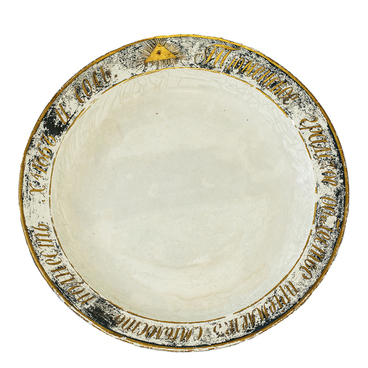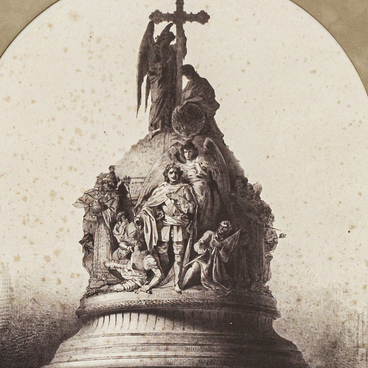For a long time, mail was the main means of non-face-to-face communication. People found out about incidents and important events weeks or even months after they had happened.
The technical ability to accelerate the speed of communications came about due to discoveries in the field of electricity and magnetism. The first advances in telegraphy date back to the 1930s. The first electromagnetic transmitters were created by German scientists Klaus and Wilhelm Weber; in Great Britain, William Cooke and Charles Wheatstone worked on them concurrently. And in 1832 Pavel Schilling, a Russian diplomat, historian and a participant of the Patriotic War of 1812, assembled the first electromagnetic telegraph in St. Petersburg.
The telegraph works due to the effect of deflection: in interaction with the electromagnetic field, the magnetic needle is deflected from the electric wires. Schilling invented a special code so that six signal needles would be sufficient to convey all the letters of the Russian alphabet. It was possible to transmit ten signs per minute over eight wires.
The real breakthrough happened when American inventor Samuel Morse developed his electrical telegraph, which transmitted messages over the wires by coded dots and dashes. The information was recorded on a paper tape, and then decrypted. A special stylus embossed dots and dashes, based upon the received signals, onto the paper tube. Another American inventor, Alfred Vail, invented numerals and letters for the alphabet that made it easy to encode and decode messages.
In 1843, Scottish physicist Alexander Bain patented his own design for an electrical telegraph that could transmit images. This device is considered to be the first primitive fax machine.
By the end of the 19th century, the biggest cities of the world were connected by telegraphic cables. In 1858, the transatlantic cable was constructed, and a little later a cable was laid to Africa as well. This enabled contact between London and Bombay since 1870 through stations in Egypt and Malta.
The simplicity of the Morse machine ensured its unprecedented success. “Morse code” was used for many years on railroads all over the world. The telegraph was used by the military and navy, as well as by commercial companies. Due to the invention of the telegraph, it became possible to publish real-time news, which were transmitted by on-scene correspondents.
The technical ability to accelerate the speed of communications came about due to discoveries in the field of electricity and magnetism. The first advances in telegraphy date back to the 1930s. The first electromagnetic transmitters were created by German scientists Klaus and Wilhelm Weber; in Great Britain, William Cooke and Charles Wheatstone worked on them concurrently. And in 1832 Pavel Schilling, a Russian diplomat, historian and a participant of the Patriotic War of 1812, assembled the first electromagnetic telegraph in St. Petersburg.
The telegraph works due to the effect of deflection: in interaction with the electromagnetic field, the magnetic needle is deflected from the electric wires. Schilling invented a special code so that six signal needles would be sufficient to convey all the letters of the Russian alphabet. It was possible to transmit ten signs per minute over eight wires.
The real breakthrough happened when American inventor Samuel Morse developed his electrical telegraph, which transmitted messages over the wires by coded dots and dashes. The information was recorded on a paper tape, and then decrypted. A special stylus embossed dots and dashes, based upon the received signals, onto the paper tube. Another American inventor, Alfred Vail, invented numerals and letters for the alphabet that made it easy to encode and decode messages.
In 1843, Scottish physicist Alexander Bain patented his own design for an electrical telegraph that could transmit images. This device is considered to be the first primitive fax machine.
By the end of the 19th century, the biggest cities of the world were connected by telegraphic cables. In 1858, the transatlantic cable was constructed, and a little later a cable was laid to Africa as well. This enabled contact between London and Bombay since 1870 through stations in Egypt and Malta.
The simplicity of the Morse machine ensured its unprecedented success. “Morse code” was used for many years on railroads all over the world. The telegraph was used by the military and navy, as well as by commercial companies. Due to the invention of the telegraph, it became possible to publish real-time news, which were transmitted by on-scene correspondents.



